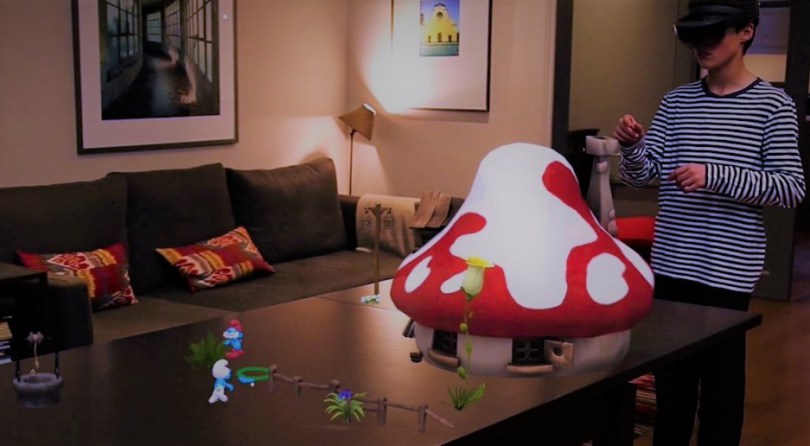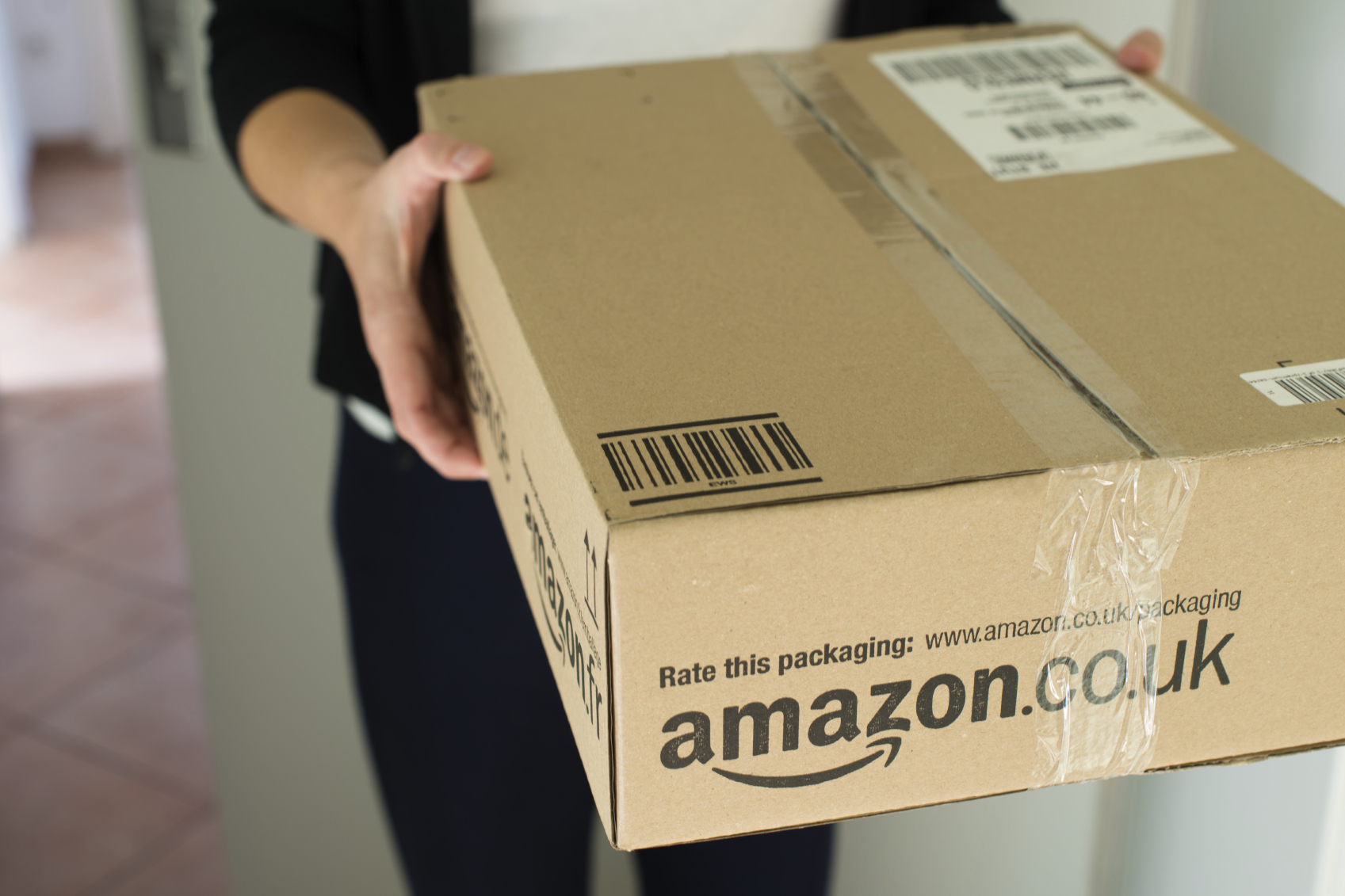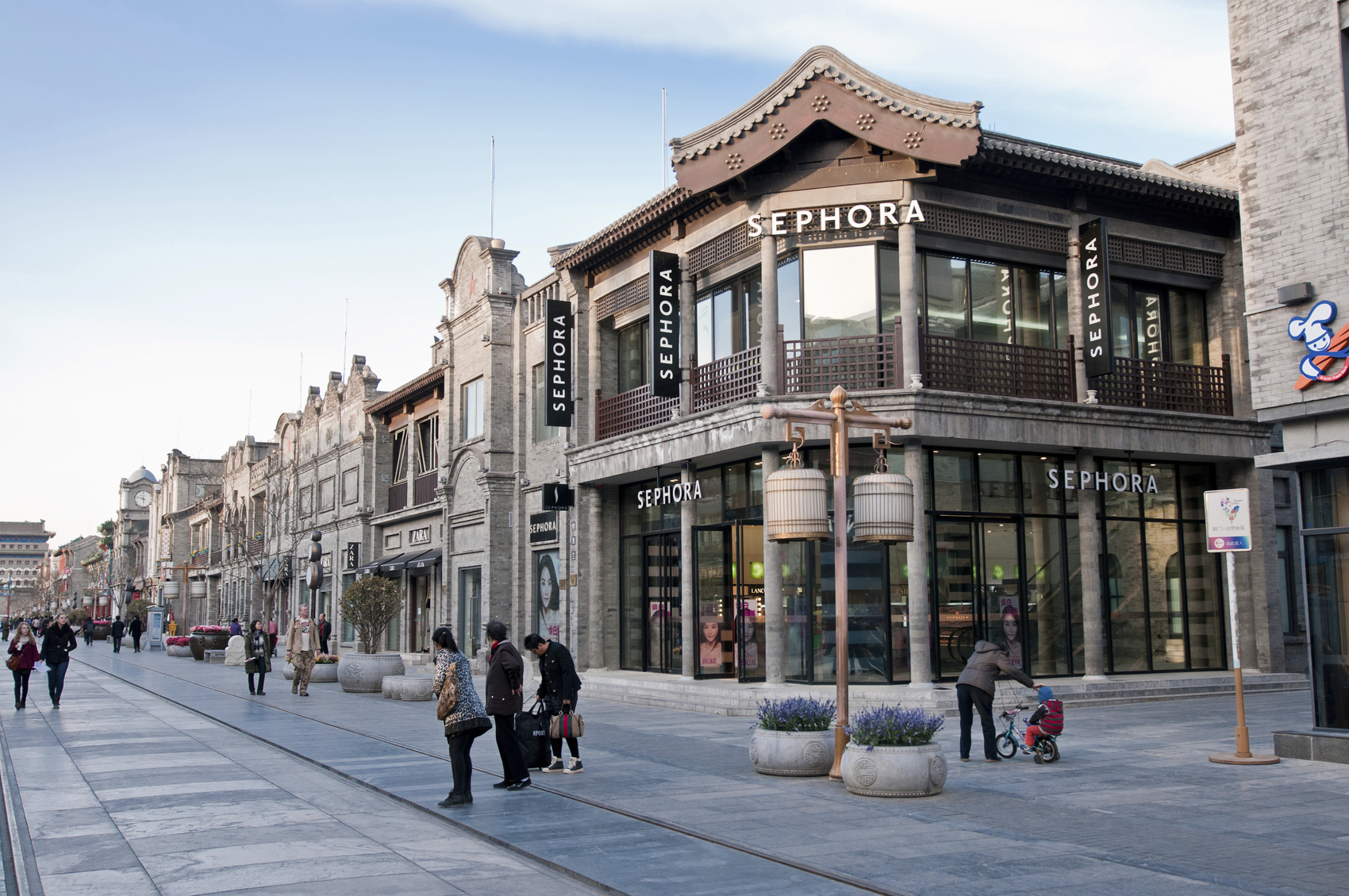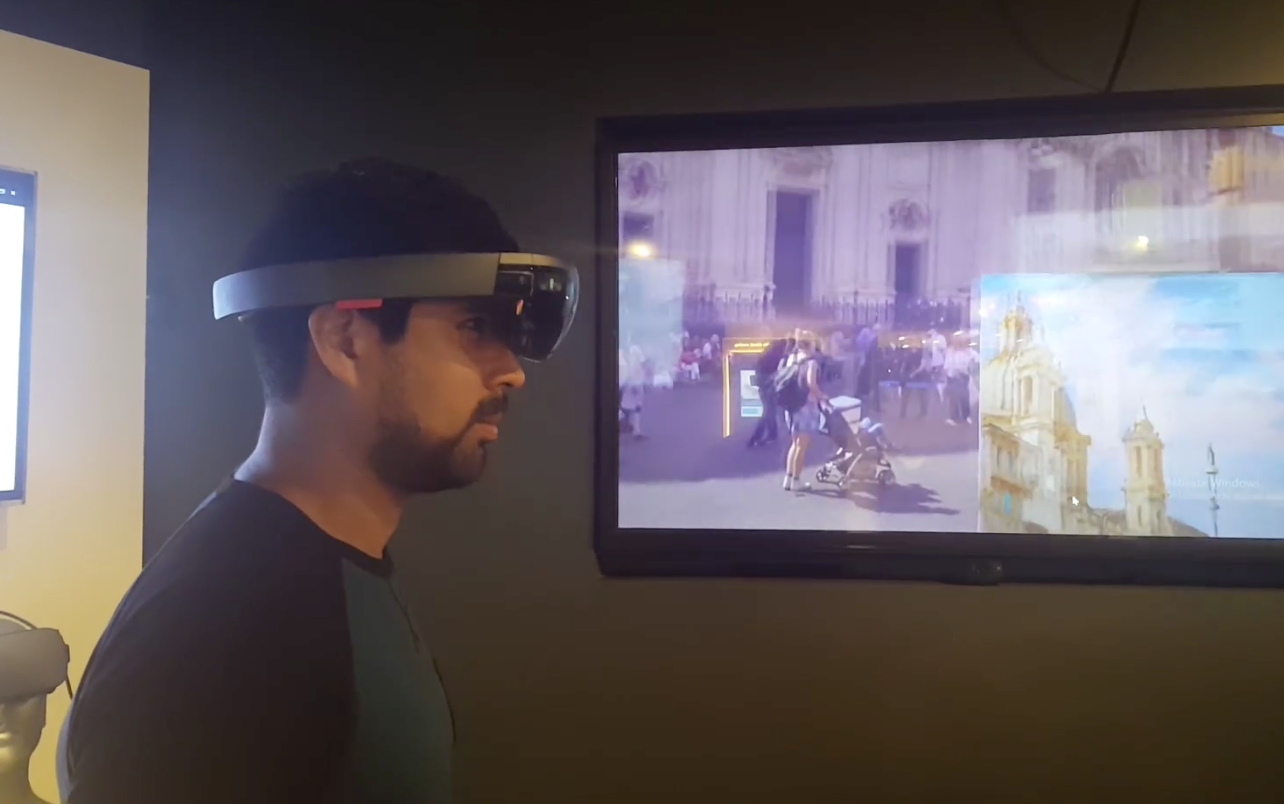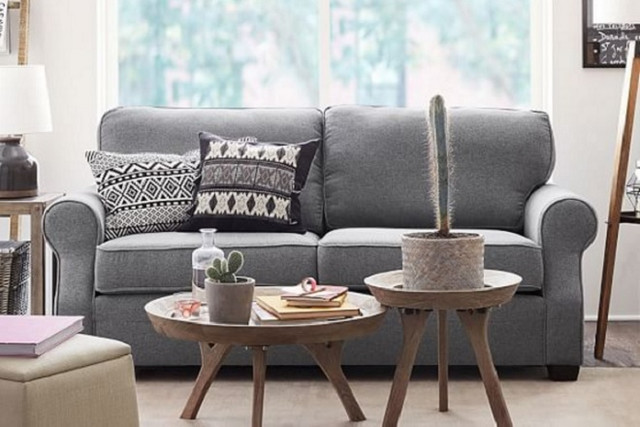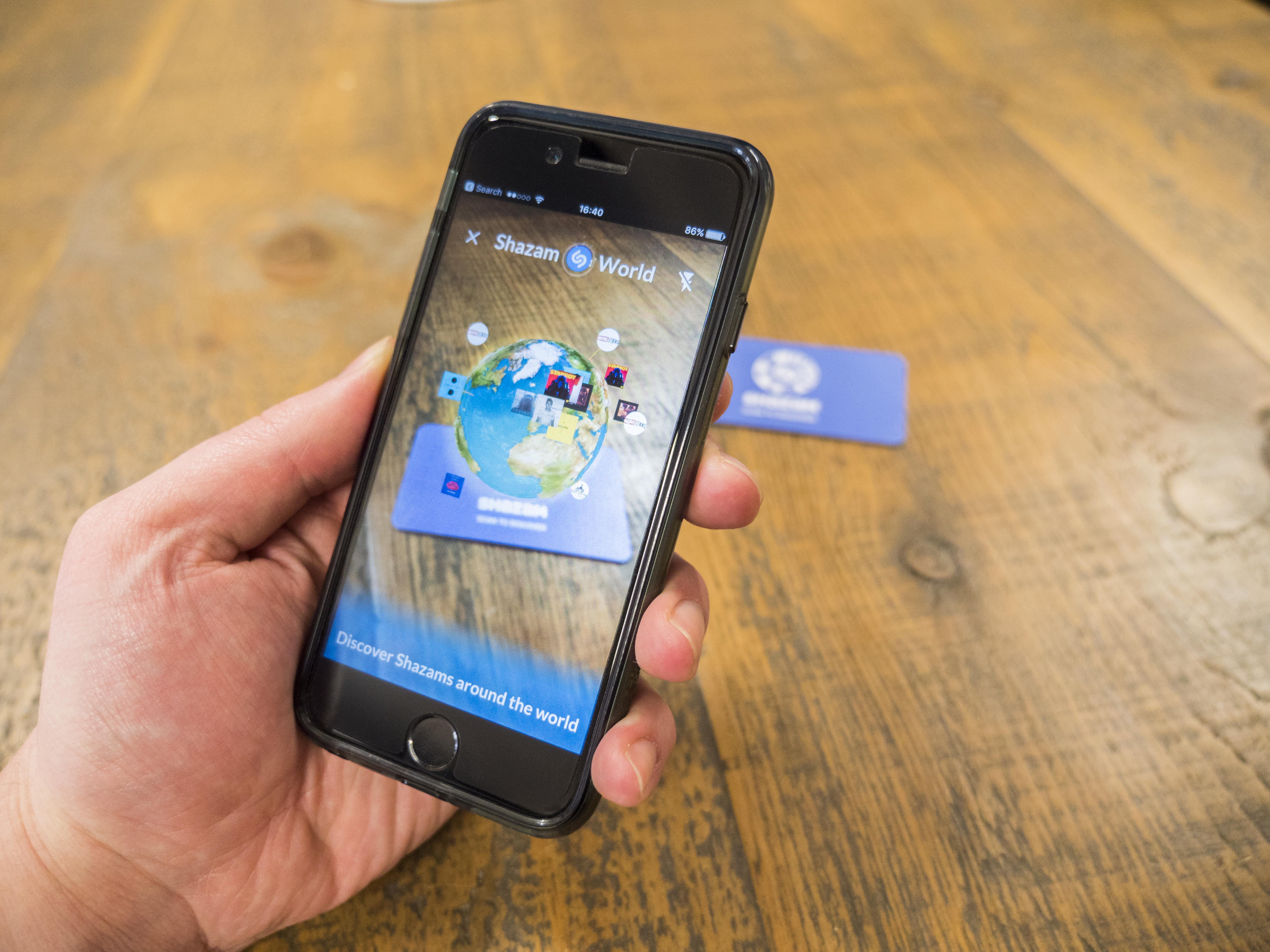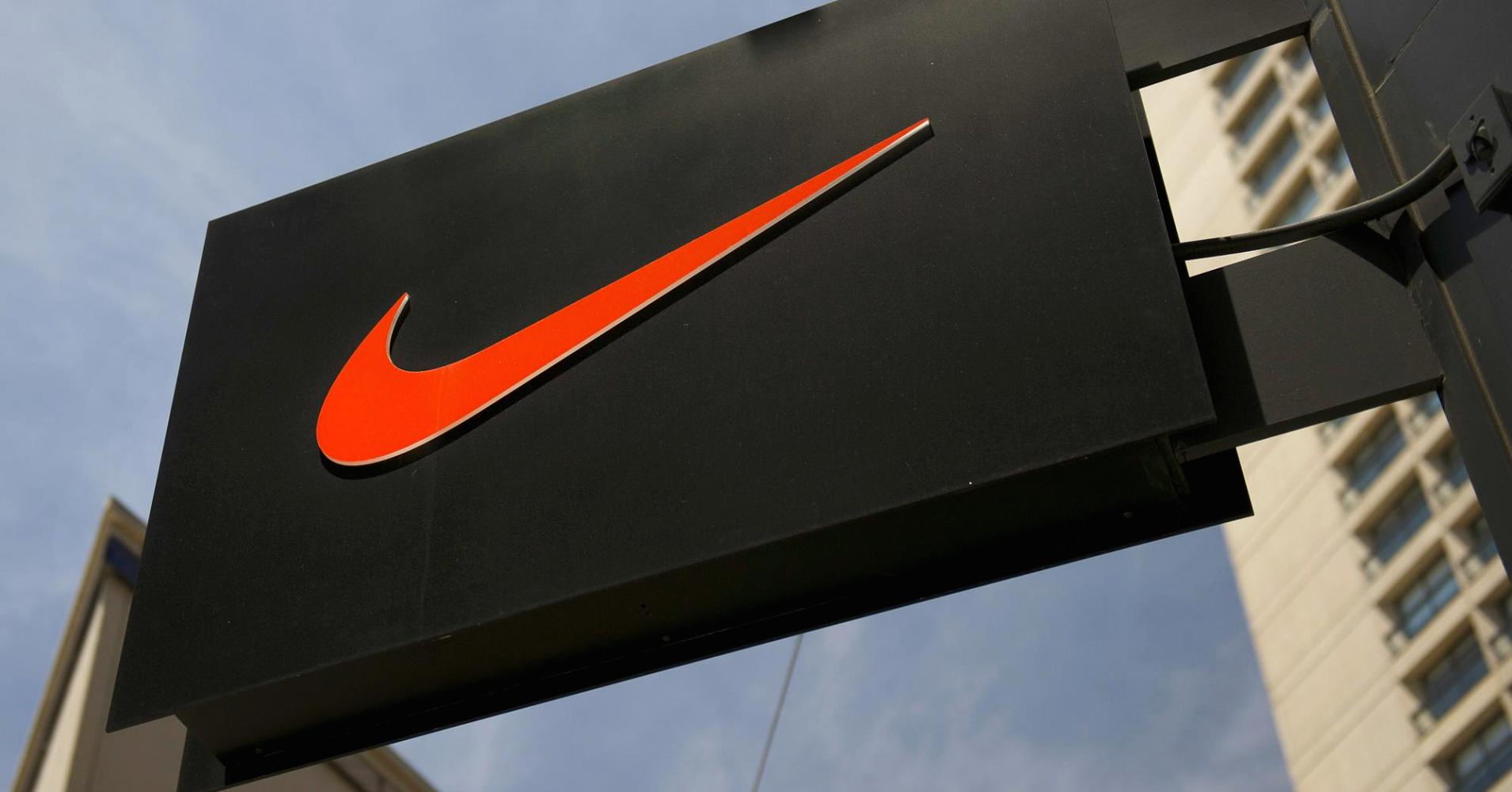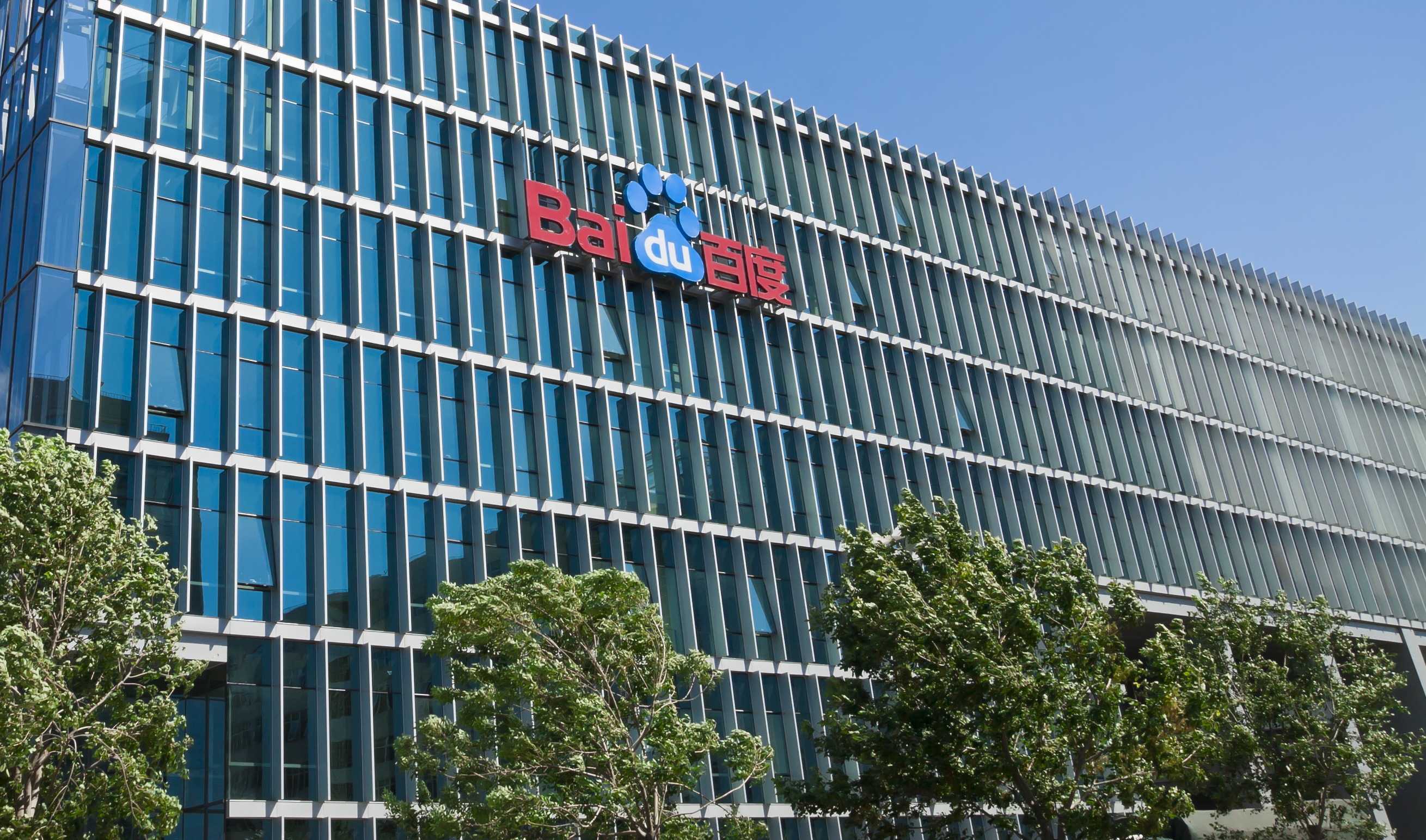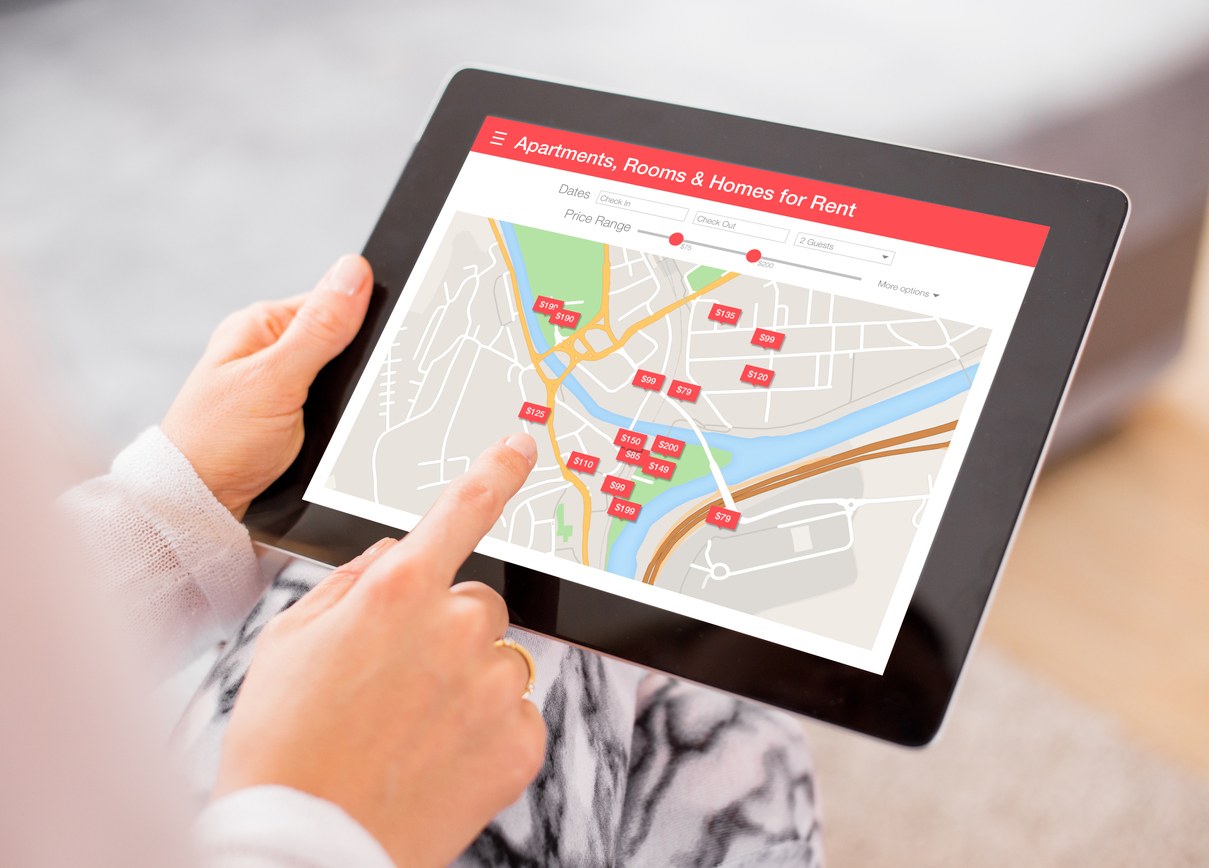What Happened
To promote the release of the new Smurfs reboot movie, Sony Pictures is inviting moviegoers to explore the Smurfs village in a mixed reality generated by Microsoft’s HoloLens headsets. Collaborating with media agency OMD, AOL advertising content creators Partner Studio, and VR production company UNIT9, this mixed reality experience asks players to explore various exotic locations taken from the movie and eventually find a “Lost Village.” After placing on the headset, players can use flat surfaces and tabletops as foundations to activate the experience.
What Brands Need To Do
This is a commendable effort on Sony’s part to leverage interactive HoloLens content to drive engagement and interests. While HoloLens is still limited in its availability and therefore low in consumer adoption, it provides a platform for brands to create cutting-edge immersive experiences that will stand out from the run-of-the-mill VR content many brands have started dabbling in. In the long run, this type of interactive experience will provide the digital assets crucial for establishing franchises. When it comes to picking the right immersive content platform to develop content for, brands need to take its long-term value into considerations and chose one that best fits their campaign objectives.
How We Can Help
Our dedicated team of VR experts is here to guide marketers through the distribution landscape. We work closely with brands to develop sustainable VR content strategies to promote branded VR and 360 video content across various apps and platforms. With our proprietary technology stack powered by a combination of best-in-class VR partners and backed by the media fire-power of IPG Mediabrands, we offer customized solutions for distributing and measuring branded VR content that truly enhance brand messaging and contribute to the campaign objectives.
If you’d like to learn more about how the Lab can help you tap into the immersive power of VR content to engage with customers, please contact our Client Services Director Samantha Barrett ([email protected]) to schedule a visit to the Lab.
Source: VRScout
Header image courtesy of AOL Global Partner Studios
